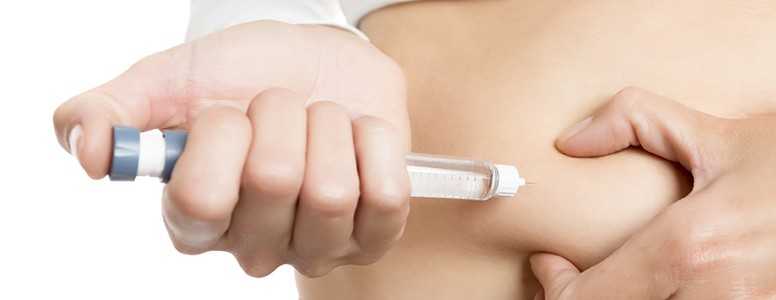A student with type 1 diabetes has invented a device to help slim people inject the insulin with one hand.
Shawn Michels, a student of the Wisconsin-Madison University, USA, hopes his invention will help slim people to vary their injection sites more easily.
Most people are able to give injections with one hand as now short needles of 4 or 5 mm are available.
However, some people that are slim may still need to lightly hold a bulge of skin to inject into to ensure the needle goes into the layer of fat under the skin and not deeper into muscle. To hold a bulge of skin and inject requires two hands.
Shawn Michels was frustrated with doing this and found it limited his available injection sites.
The device he has designed works as a second hand, producing a bulge of skin and keeping the needle steady. Shawn has used a 3-D printer to make plastic prototypes of the device.
He has been using his device himself to perform awkward injections that he couldn’t do without his device:
“I could never inject into my arm, butt or back but now it’s a one-hand process.”
Mr Michels, who was diagnosed with type 1 diabetes during high school, has applied for a patent and hopes the device, which he has used himself about 1,000 times, will be on the market in about six months.
He added: “Now I can easily give the injection because the device holds the needle steady against my arm.
“The first injection can be scary, and having an attachment that will hide the needle and regulate the depth should be helpful.
“I don’t care who you are, getting started with insulin injections is daunting.
“You are sticking a sharp object into your tissue. If we can make this process easier, we can improve people’s quality of life.”
Whilst the patent is pending, Michels is keeping his device under wraps. If the device proves to work for the general population, it could have benefits for people that struggle with giving single-handed injections in awkward areas.
What's new on the forum? ⭐️
Get our free newsletters
Stay up to date with the latest news, research and breakthroughs.







